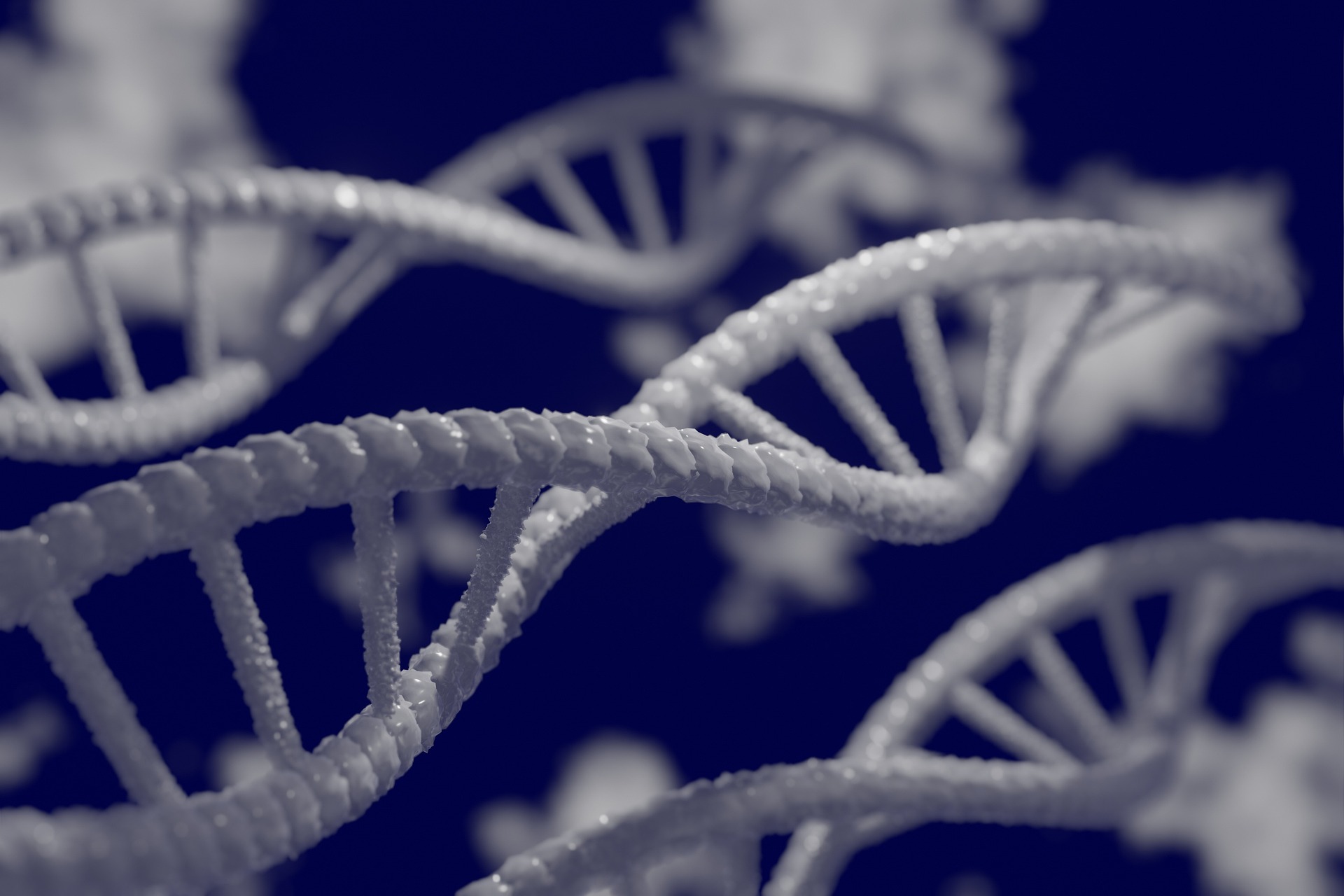Data storage and access: how genetic profiles are secured and shared
Genetic profiles combine personal and biological data that require careful handling across collection, analysis, storage, and sharing. This article explains how samples and sequence data are managed, what safeguards exist for privacy and consent, and how interpretation and databases influence outcomes.

Genetic profiles collect information derived from biological samples, sequencing processes, and computational interpretation. Organizations that handle these profiles balance data utility for research, ancestry, and health insights with legal and technical safeguards for privacy, consent, and accuracy. Secure handling begins at sample collection and continues through laboratory sequencing, bioinformatics pipelines, and storage in encrypted databases. Understanding each step clarifies how variants are reported, how carrier status or ancestry signals are interpreted, and what role regulation plays in protecting individuals.
This article is for informational purposes only and should not be considered medical advice. Please consult a qualified healthcare professional for personalized guidance and treatment.
How are genetics and ancestry data stored?
Genetics and ancestry outputs—ranging from raw sequencing reads to summarized ancestry percentages—are typically stored in layered systems. Laboratories keep raw and processed files in secure servers with access controls, while summary reports may exist in user portals. Storage strategies include encryption at rest, role-based access, and geographic separation of backups. For ancestry-focused services, aggregated or de-identified datasets may be shared with researchers or used to refine population-level models while attempts are made to strip direct identifiers to reduce privacy risk.
What role does sequencing and bioinformatics play?
Sequencing transforms a physical sample into digital reads; bioinformatics assembles, aligns, and calls variants from those reads. The accuracy of interpretation depends on sequencing quality, coverage, and the computational pipelines used to detect variants. Pipelines are versioned and audited to track changes; bioinformatics tools also annotate variants against databases to classify potential clinical significance. Proper documentation of sequencing methods and software improves reproducibility and helps auditors and regulators evaluate how reliably a given profile reflects an individual’s genome.
How is privacy and consent handled for genetic data?
Privacy and consent are core to managing genetic information. Consent forms should specify what types of analyses will be run, how long samples and data will be stored, whether the data may be shared with third parties, and whether it can be used in research. Law and regulation vary by jurisdiction, so organizations implement tiered consent choices and data access committees that review research requests. Technical safeguards such as audit logs, encryption, and controlled-access repositories complement legal protections to limit unauthorized use of sensitive genomic and health-linked information.
How are physical samples like saliva secured?
Physical samples such as saliva swabs require secure chain-of-custody practices from collection to storage. Labs label samples with coded identifiers rather than names, log transfers, and store samples in locked freezers with environmental monitoring. Controlled access and inventory systems reduce the risk of misplacement or unauthorized retrieval. Proper sample handling is also important for preserving sample integrity to ensure sequencing accuracy: contamination, degradation, or incorrect storage can reduce the reliability of downstream interpretation.
How is accuracy, interpretation, and variant reporting managed?
Accuracy spans laboratory methods, sequencing depth, variant calling, and clinical interpretation. Quality control metrics are recorded at each step; known challenges include difficult-to-sequence regions and structural variants that require specialized assays. Variant interpretation relies on curated databases and clinical guidelines, which classify variants by evidence for pathogenicity or benign status. Reports typically clarify levels of confidence, limitations of testing, and whether a result indicates carrier status for a hereditary condition or a trait linked to ancestry or health. Clear reporting helps users understand what findings mean and what they do not.
What databases, carrier status, and regulation apply?
Databases—both public and proprietary—hold aggregated variant information, population frequencies, and genotype-phenotype links used for interpretation. Controlled-access databases enable research while protecting individual identities. Carrier screening results and other health-relevant data may be subject to medical privacy laws and specialized regulation that governs clinical testing, laboratory accreditation, and data sharing. Regulators often require documentation of analytic validity, clinical validity, and oversight of bioinformatics pipelines. Compliance with local regulation, combined with strong database governance, shapes how genetic profiles are shared.
Conclusion
Securing and sharing genetic profiles requires coordinated technical, legal, and procedural safeguards across sample collection, sequencing, bioinformatics, storage, and reporting. Transparent consent processes, robust privacy protections, documented interpretation methods, and adherence to regulation all influence how samples such as saliva are handled and how variant and carrier information is communicated. Stakeholders facing genetic data should weigh scientific utility against privacy risks and rely on established standards and local regulations to guide responsible data management.






